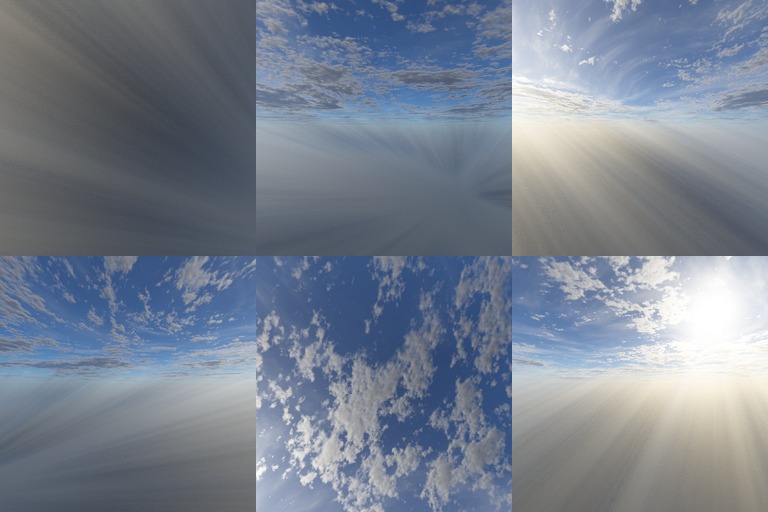

As we do not have one close to home in our own Solar System, studies of planets like HD 189733b are important to help us understand these dramatic objects. We know that hot Jupiters are numerous throughout the Universe. These massive planets are similar in size to the gas giants in the Solar System, but instead lie very close to their parent star - this size and proximity to their star make them perfect subjects for exoplanet hunting. HD 189733b presented a favourable case for these kinds of measurements as it belongs to a class of planets known as "hot Jupiters". Earlier observations using different methods have reported evidence for scattering of blue light on the planet, but these most recent Hubble observations give robust confirming evidence, say the researchers. The planet's azure blue colour does not come from the reflection of a tropical ocean, but is due to a hazy, turbulent atmosphere thought to be laced with silicate particles, which scatter blue light. "From this, we can gather that the planet is blue, because the signal remained constant at the other colours we measured." "We saw the brightness of the whole system drop in the blue part of the spectrum when the planet passed behind its star," explains Tom Evans of the University of Oxford, UK, first author of the paper. But this technique also shows how the light changes in other ways - for example, its colour. As it slipped behind its star, the light reflected from the planet was temporarily blocked from view, and the amount of light observed from the system dropped. To isolate the planet's light from this starlight, the team used Hubble's Space Telescope Imaging Spectrograph (STIS) to peer at the system before, during, and after the planet passed behind its host star as it orbited. HD 189733b is faint and close to its star. In order to measure what this planet would look like to our eyes, the astronomers measured how much light was reflected off the surface of HD 189733b - a property known as albedo. " But measuring its colour is a real first - we can actually imagine what this planet would look like if we were able to look at it directly." " This planet has been studied well in the past, both by ourselves and other teams," says Frédéric Pont of the University of Exeter, UK, leader of the Hubble observing programme and an author of this new paper. Now, this planet is the subject of an important first: the first measurement of an exoplanet's visible colour. It has been intensively studied by Hubble and other telescopes, and its atmosphere has been found to be dramatically changeable and exotic, with hazes and violent flares ( heic0720, heic1209). Īt a distance of 63 light-years from us, this turbulent alien world is one of the nearest exoplanets to Earth that can be seen crossing the face of its star. The planet's atmosphere is scorching with a temperature of over 1000 degrees Celsius, and it rains glass, sideways, in howling 7000 kilometre-per-hour winds. This "deep blue dot" is a huge gas giant orbiting very close to its host star. If seen up close this planet, known as HD 189733b, would be a deep azure blue, reminiscent of Earth’s colour as seen from space.īut that's where the similarities end. Astronomers using the NASA/ESA Hubble Space Telescope have, for the first time, determined the true colour of a planet orbiting another star.


 0 kommentar(er)
0 kommentar(er)
